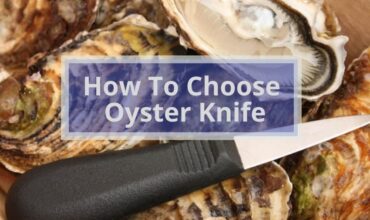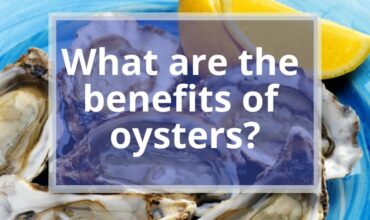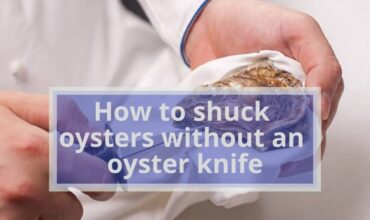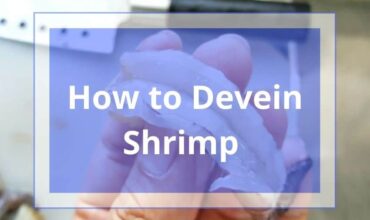The oyster toadfish Opsanus tau, aka the ugly toad, oyster cracker, and bar dog. are usually found in western Atlantic shallow water and reefs between Florida and Massachusetts. Some people find them so interesting and want to know more about them!
If you are one of them, keep on reading to learn more interesting facts about oyster toadfish Opsanus tau.
Description
Omnivore species
The oyster toadfish Opsanus tau is classified as an omnivore sea creature. it can live in poor conditions depending on minimal food to sustain a living.
The oyster toad eats both animals and plants. it gets the energy from protein, fat, plant. and then metabolize it.
An oyster toad also eats fungi, bacteria, and algae.
Also, read best oysters shucking gloves.
Ambush predators
The oyster toadfish is an ambush predator, they are very clever in trapping their catch with craftiness. they camouflage to catch their prey.
They lie waiting for the prey to pass by them without any movements and then attack with a surprise. Also, male toadfish are very popular by the way they lure their females during mating season. they produce a deep sound of grunting through vibrating their swim bladder.
Here is a video of a toadfish ambushing a lionfish!
Read more , The Best Oyster Grilling Pans And What To Consider
Appearance Features
The gulf toadfish lacks scales and has 3 lateral lines. The pinnacle is large, broad, and flattened, with a jawbone pointing out on the far side upper jaw.
With fleshy tabs placed on the lower jawbone with a blunt jaw barbel. And tentacles placed along the inner margin of the eye.
Their mouth is wide and contains 3 rows of very sharp teeth. The large pectoral paddles are like a fan, posterior to the girdle fins. and the tiny pelvic paddles located forward, below the chin.
The oyster toadfish has small size pelvic paddles located back on the body. At the same time, both the anal fin and the second dorsal fin are elongated. Male toadfish have specialized swim bladder muscles that are accustomed to produce mating calls.
The pinnacle and body are brown and grey, tan, and white mottling. with a pale belly and an olive-brown back with dark blotches or lines.
The darkest, extra uniform-colored areas are on the head and forebody, with pale areas on the body rosettes toward the posterior end of the gulf toadfish.
Brown diagonal bands are placed on the anal paddles. with dorsal and vertical bars on the caudal and pectoral paddles. while the inside of the mouth is white or pale.
The gulf Opsanus tau reaches is 12.8 inches (32.4 cm) in standard length. A mature male toadfish is bigger than a female one.
One of the Chesapeake Bay’s most fascinating critters is that the oyster Opsanus tau. aka the “oyster cracker”. They can crush and consume crabs and alternative crustaceans.
Let us watch this video to get a more detailed picture of the appearance of toadfish.
Also check, What are the Benefits of Oysters?
Habitat
The Oyster toad is native to the western Atlantic. They are found in shallow areas and muddy bottoms.
Its cryptic colouration makes it invisible in crevices, on rocky/sandy/muddy substrates and reefs, or the wrecks of old prey.
These bottom-dwelling, sluggish fish survive in the deep ocean, up to the 250-meter length. They bury themselves in sans or hide seaweeds, darting intent on capturing.
A hardy fish, the gulf toadfish can stay alive for an extended time out of water. not only this but they also can survive in low levels of oxygen.
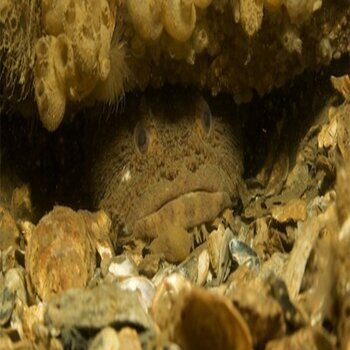
Lifestyle
Toadfish live in shallow areas. in winter, you can find it around the northern part laying on the sandy or muddy bottoms. and Hiding under or among eelgrass where it forms holes until catching prey.
Despite their clumsy appearance. They will dart out of their hiding places and get back quickly. They are tenacious in life and can live out of water for a long time.
Also, read best oyster shucking knife.
Reproduction
The gulf Opsanus tau spawns on the western coast of Florida in February and March when the water temperature reaches about 67°F (19.5°C).
Territorial males establish nests in shells and sponges. they occupy nests near different males, which seem to be more flourishing than solitary nesting.
They attract females with long calls (up to 15 minutes) of sounds like a toad voice made by the swim bladder. And once spawning occurs, they guard and aerates the massive egg number till they hatch. by using his paddles to diffuse debris.
You can watch this video to have a better idea about the sound for mating calls.
The female lays the largest eggs on the top, then leaves. after one month the egg hatch. Oyster toadfish eggs measure about a fifth of inches in diameter.
The tadpole-like young stay hooked up to the nest by a nutrient. Once the yolk is absorbed, the male guards the young toadlets for a couple of extra weeks.
Here is another video that explains the hatching process of eggs.
Also read , How To Choose Oyster Knife
FAQ About Toadfish
How Can We Prepare Good Meals for Oyster Toadfish?
Steam Oyster Opsanus tau toadfish for 5 minutes. Skin the fish, separate the meat from the bones, and set it aside. Before serving, re-heat in a cooking pan with vegetable oil and lime juice.
Make a smooth-shaven cabbage dish adding salt, pepper, sugar, and a liquid of half vinegar and half oil. The dish should stand but not drain.
What Are the Common Names for Oyster Toadfish?
English language common names are known as the ugly toad, dog toad, mudfish, and bar dog.
Different common names are lahtikonnakala (Finnish), Mexikansk paddlefish (Danish), rozpusznik swiszczacy (Polish). And sapo Diamond State Boca Blanca (Spanish).
